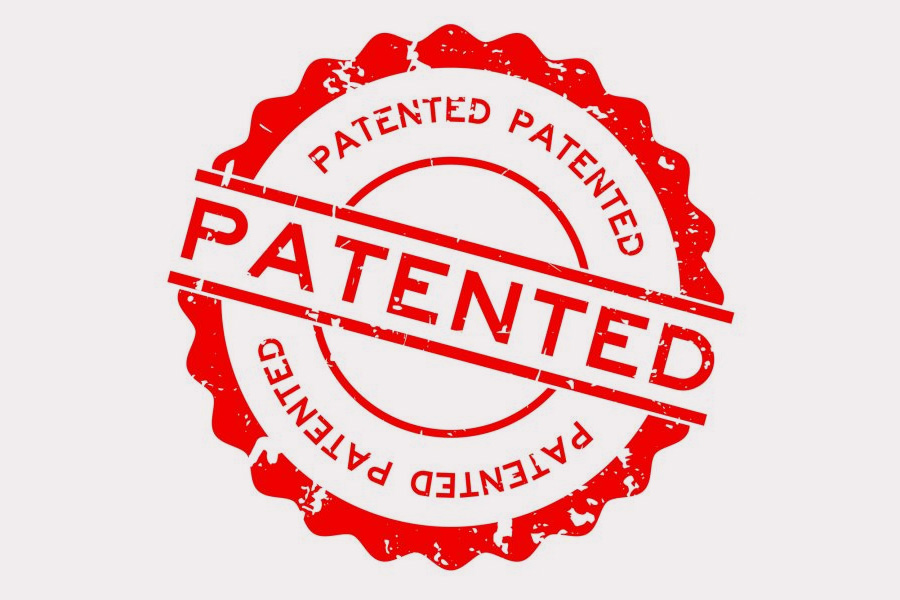Co-authors: Mrs. Patricia Toma and Adv. Yissachar Bertisch, Foreign Filing Department, Ehrlich & Fenster of Ehrlich Group.
Patent Marking is accomplished by labelling a manufactured product and/or its packaging, protected by patents(s), with patent identification number(s).
In the U.S., 35 U.S.C 287 permits a patent holder to seek injunction as well as compensation against infringement, however the amount of damages awarded may be conditioned to the level of infringer’s awareness. For example, the award may vary depending on whether the infringement was willful as opposed to innocent. Patent marking helps prevent innocent infringement by providing constructive notice of the inventive ideas protected by the patent embodied in the marked product. While patent marking is not required by the U.S. law, not doing so would inevitably limit the amount of remedy, as damages may be limited to acts dating back to the moment of notice.
Under the European Patent Convention, there is no requirement for marking a patent. The European Patent Convention is silent about the implication of marking and leaves this to the national laws. If products are not marked, then in many European countries the defense of innocent infringement may arise. A plea of innocent infringement, while having no effect on injunctions or other relief, may lead to damages incurred prior to notification, to be reduced or nullified altogether.
Similar to Europe, the Israeli law is also silent about the implication of marking. Section 183 of the Israeli Patent law lays down the entitlement for relief awarded to the patent holder by way of injunction and compensation if an act of infringement was committed. Sub-section (c) of this law indicates that the court may order the infringer to pay additional punitive compensation if an infringement was committed after the patent holder has warned the infringer. Case law deals with what means of warning is required, however patent marking is not mentioned.
While patent marking may be essential in the battle against infringement, patentees ought to be careful regarding the accuracy of the product marked, in order to avoid exposure to penalties for false marking. In the U.S., 35 U.S.C 292 serves as a safeguard against the use of false marking with an intent to deceive the public and permits an individual who has suffered competitive injury as a result of false marking to file a civil action for recovery of damages. Improper use of the word “patent” or “patent pending” under this section may result in award damages of up to $500 for every such offense. The federal circuit held that the “up to $500” fine may be interpreted as $500 per falsely marked article, although “for the purpose of deceiving the public” creates an additional requirement of intent. The federal circuit dismissed concerns that this interpretation will lead to patent false marking litigation (patent marking “trolls”) since it remains at the discretion of the courts to balance between enforcement, public awareness and disproportional penalties. Under sub‑section (c) of this law, a product marked with a patent number which has since expired is not considered false marking. In Europe, liabilities for false marking (differ from country to country) could arise for marking products with incorrect patent numbers or with patent numbers which are no longer in force in particular jurisdictions. According to the Israeli law, false description that can result in misrepresentation of commercial goods is a felony subject to one-year imprisonment or a monetary fine.
Traditional marking requires that patent numbers are to be labeled on physical products. However, this may be expensive, inflexible and increasingly inapplicable for products which have no physical embodiment and since patents are dynamic and their status as well as scope may change during its lifetime. For example, a product covered by multiple patents with different expiration dates may require new packaging quite frequently. This also raises an issue for a product sold in Europe, covered by a patent which is validated in certain countries only.
Virtual marking allows a company to update its patent details on products without having to re‑label or re‑produce a line of products each time a related patent is issued or expires. The patentee marks their product or packaging with a Uniform Resource Locator (URL), or web address (e.g. http:/company/patents/product) that is accessible to the public without charge and leads straight to the page with the patent information, without having to click on other links. Virtual marking is therefore beneficial since maintaining and updating a webpage which displays a listing of the patent(s) for each product is easier than changing the physical labeling of a product or its packaging.
